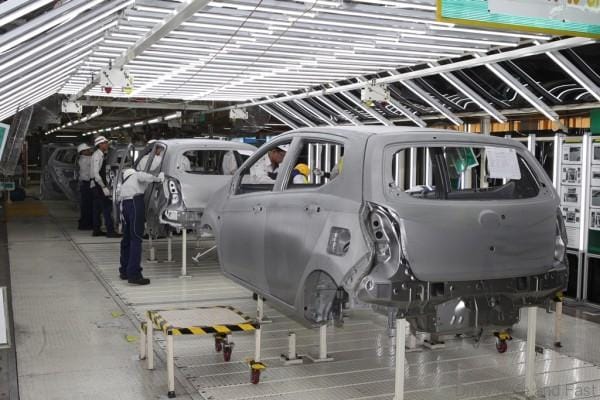Malaysia’s automotive industry must be an extremely confusing one to potential investors. While it’s not uncommon for countries to place high protectionist measures to preserve the competitive advantage of their domestic producers, Malaysia also practices ‘customised incentives’ with each carmaker. In other words, investors just can’t get the numbers they want just by looking at the policies and laws in place. How strange is that?
They need to have someone meet with a relevant government agency and discuss behind closed doors what the numbers will look like. What happens behind these closed doors, who knows but the people involved…
Just last year alone, we saw the effects of this continued customised incentive policy. Mercedes-Benz chose Thailand to become a part of its global battery production network. Toyota signed on to help develop Pattaya into an exemplary sustainable city, and Hyundai Motor Group decided to build an enormous factory in Indonesia and a high-tech facility in Singapore.
Now, that’s just opportunity cost, so it’s perhaps not as ‘painful’. It’s money that COULD have been invested in Malaysia’s automotive industry, but we missed out.

We also have to consider the other side of the story – companies that have already invested in our country, only to have customised incentives pull the rug from under their feet. Let’s start with the Japanese brands, as they’re the non-national marques with the highest production numbers in Malaysia.
Honda has two factory lines in Pegoh. Together they’ve got an annual capacity of 100,000 units.
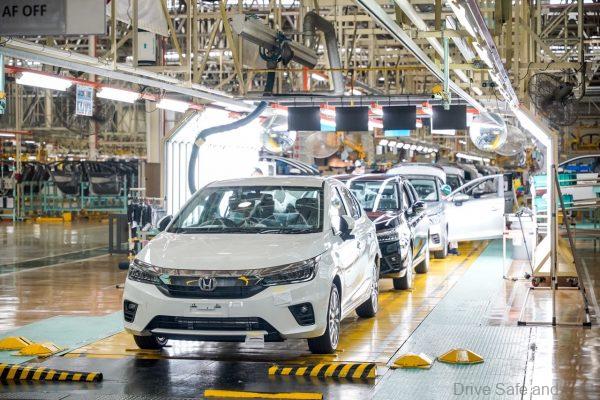
Nissan, represented by Tan Chong Motor Holdings, has got 2 facilities for production in Segambut and in Serendah. These plants have a capacity of approximately 100,000 as well.

Toyota has 2 production facilities in Malaysia – Shah Alam and Bukit Raja. Together, they’re capable of locally-assembling some 88,000 cars a year in Malaysia.
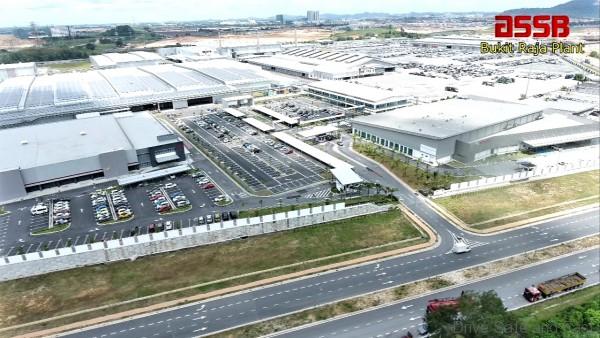
Mazda’s Kulim plant is also noteworthy, as it puts together vehicles for export markets as well as domestic consumption. At least 45,000 vehicles can be made there a year.
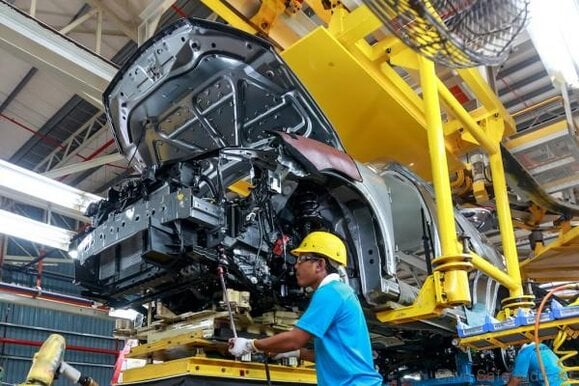
Mitsubishi and Volkswagen assemble vehicles in Malaysia too.
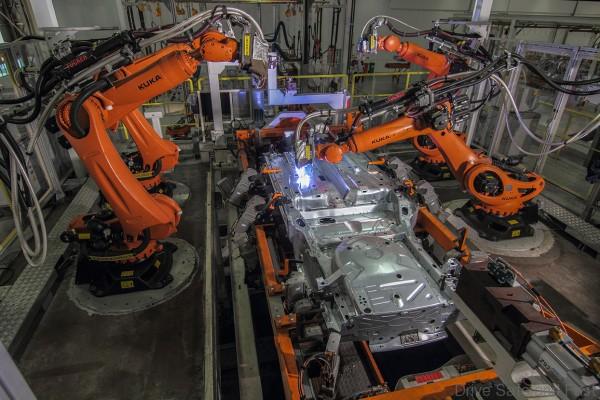
Imagine the amount of investment needed by these companies in constructing plants, bringing in machinery, hiring permanent staff, and maintaining the facilities.
These brands may have been happy with the arrangement they got initially, and they probably thought they’d be able to recoup their costs after a certain number of years of local assembly. But then something happened in 2018 that threw a spanner in their plans…
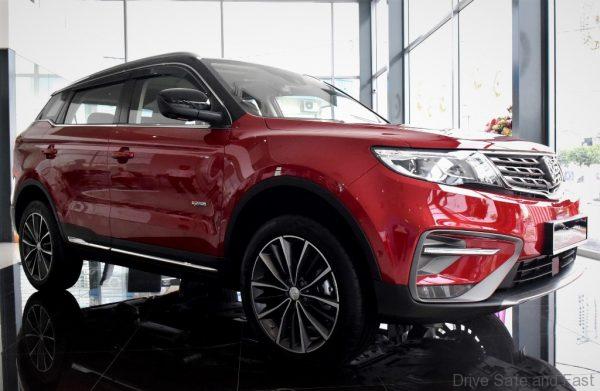
When Proton first introduced the X70, they had an entire year to sell this FULLY-IMPORTED car from China at prices that were lower than locally-assembled vehicles by Japanese brands. This carried on under the entire CBU stock was cleared.
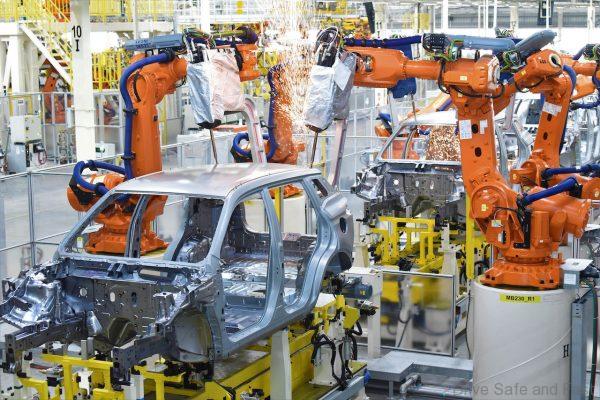
Of course, this is all old news by now – but just how much more ‘local’ is the CKD Proton X70 and X50 versus a CKD CX-5 or CR-V?
If these preferential prices are given to a company like Perodua, that’s justifiable. They even go so far as to build their engines and transmissions locally. Perodua’s like the Aruz is built from 95% local components and the company continues to increase local vendor support.
But why does a car whose parts come from China get better prices than a car whose parts come from Japan if both are assembled in Malaysia by Malaysians? Yes, protecting local industry is important, but surely there’s a better way to determine if a particular vehicle needs to have price protections, otherwise starting a new national car brand might be the next new craze.
Perhaps it’s time the government sit down with a competent and professional organisation to make things clearer to potential investors.
